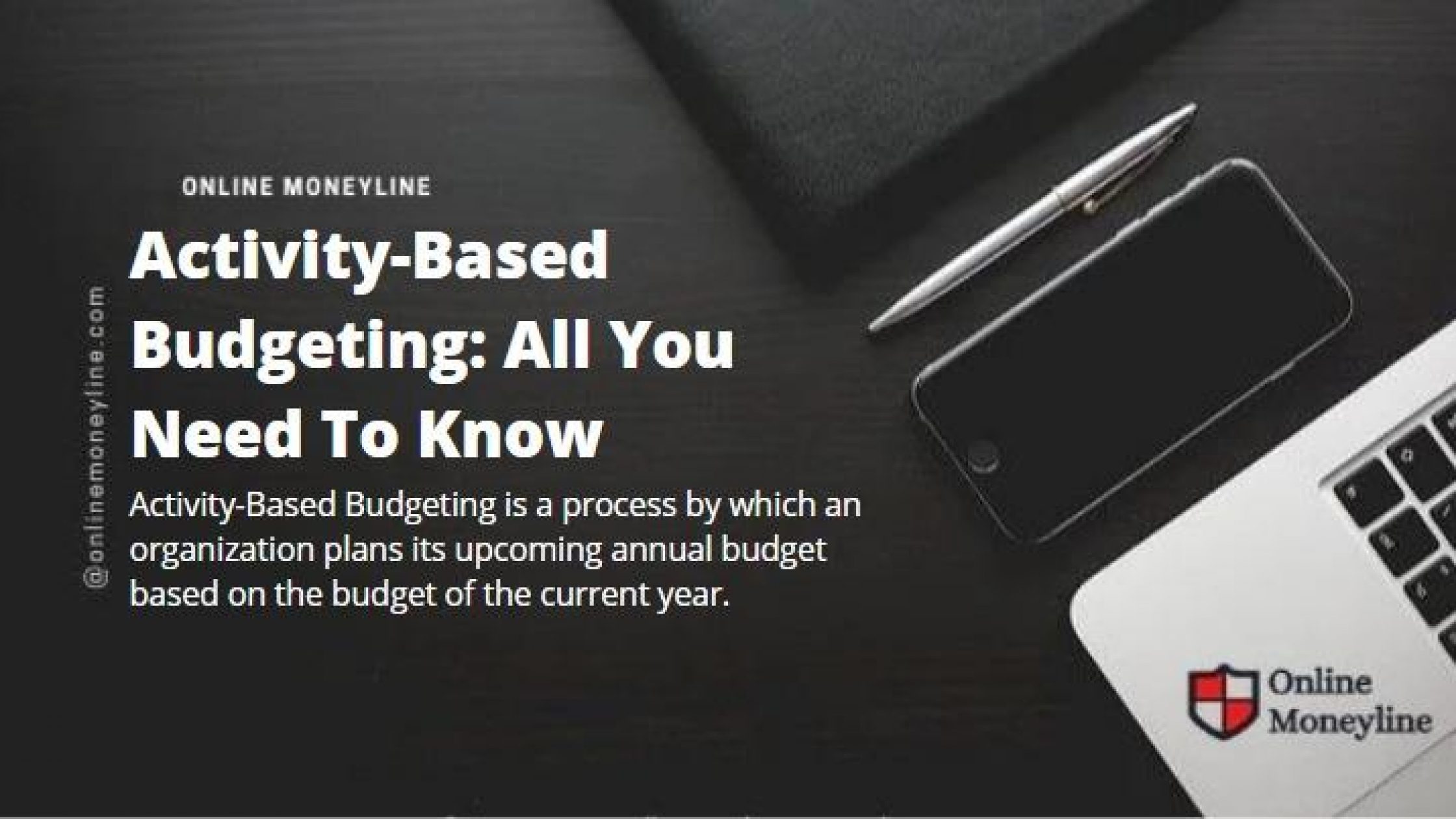How to Make a Personal Budget in 9 Steps? A successful budget plan can lead you to economic prosperity. You need to have a schedule, and you require this one, regardless of who you are or how much profit you earn.
Pro Tip: You can also take the help of a financial coach to set up your budget.
Schedules can be developed, used, and adjusted utilizing several different techniques and resources. Employment, for instance, is the means of revenue whereas utilities and mortgage repayments are expenditures.
You’ll require a spreadsheet if you’d like to keep track of your finances and achieve your economic targets. A household or personal plan is a list of your earnings and expenditures for a certain duration of time, usually 30 days.
What Does a Personal Budget Mean?
A personal budget also known as a household budget is a financial plan that divides expected earnings between investments, loan redemption, and expenditure. When making a personal budget, previous expenses and current liabilities are taken into account.
Before jumping to steps for planning a budget, you must have a bit of knowledge about the term budget. Although the term budget is frequently connected with expense restrictions, an expenditure plan doesn’t need to be efficient.

A spending plan will indicate to you how much income you plan to bring in, as well as your needed expenditures (like mortgage and healthcare) and luxury expenditures (like leisure or dining out). Rather than seeing a budget as a hindrance, think of it as a vehicle for fulfilling your monetary objectives.
What Role Does a Budget Play in Your Life?
Before knowing about how to make a personal budget, you should be aware of its role in your daily life routine. A monthly schedule is a proper accounting forecasting resource that helps you to schedule how much money you’ll allocate or scrimp each month. This also enables you to keep control of your consumption patterns.
You will get a successful budget if you are completely realistic concerning your revenues and expenditure. You should be capable of working with comprehensive and reliable details regarding your consumption and savings patterns to create an efficient budget.
Creating a strategy must not seem like a very enjoyable thing (and for others, it may be extremely terrifying), but it is an essential component of maintaining your budgetary account in balance. Since budgets are based on equity, this is the case.
Spending less in one sector allows you to consume extra in another, prepare for a big investment, create a “Difficult days” budget, raise your profits, or participate in capital development. A budget will make you clever and conscious about your daily routine expenses.
When you make a personal budget you can save about 5% of your total income. Planning a personal budget is not an easy task for some people because they get confused. Below are the 9 effective steps for a personal budget.

Authors: Jack John & Alexa Smith
Jack and Alexa have been working in the online earning space for 4 years and have interviewed multiple Upwork, Fiverr sellers to get the actual insights about these freelance platforms.
Chief Editor & SEO Auditor: Adila Z.
1. Calculate Your Estimated Monthly Revenue
Finding out how much profit you can earn each month is the main phase in funds management. This detail can be found on your billing statement if you have just one decent paying job; it’s a sum you carry home per salary.
Some people have it simple since they are paying monthly or twice-monthly. Suppose your budget plan is dependent on two salaries if you are earning weekly.
You can easily sum up your salary balance by two if you are credited on the 15th and 30th of every month. You’ll need to sum up your wage by 26 and then divide by 12 to get at your final number.
If you receive an “additional” bonus, utilize it to handle unexpected expenses, make excess loan installments or contribute more to your bank account. You can also keep it with yourself for traveling or entertainment expenses.
If you have multiple jobs, have inconsistent wages, or are self-employed, the formula for calculating your total earnings (which is separate from your total salary) is slightly distinctive.
2. Calculate The Necessary Expenditures
Your requisite expenditures are the minimal needs you require each month to keep your life running smoothly. This involves both constant and dynamic expenditures. The majority of the public has a reasonable understanding of their recurrent or static expenditures.
Calculating the most important expenditures is very necessary. Here is the list of some of the expenses that should be given priority. You can compare it with your needs and add more needs lists if required.
- Mortgage Pay
- Utility Bills Including Phone, Gas, Electricity, Internet, Water, etc.
- The Stock of Needed Materials
- Transport Expenditures (Such as School Bus, Train or Bus Tickets, etc.)
- Expenses of Entertainment, Gifts, and Wardrobe
- Insurance and Other Subscriptions
- Traveling
- Education
- Food
- Home Appliances
- Debt Payments
3. Identify Static and Adjustable Costs
Mark if your monthly expenditures are static or adjustable after you’ve created a spreadsheet. Leasing, electricity, travel, healthcare, groceries, and loan recovery are examples of constant spending.
Your fitness center subscription, for example, or how much you invest in eating out, are examples of adjustable expenditures that are more customizable.
You could still cancel your fitness center subscription and cut back on your eating-out expenses if times were hard, but you’ll still have to compensate for living expenses.

4. Calculate the Monthly Estimated Price of Each Expenditure
Now that you have listed all the needs of your daily life, it’s time to calculate the monthly estimated cost of each expenditure. Since the cost is consistent from period to period, constant spending is simpler to track in the plan than dynamic expenditures.
Discretionary spending on a home or car loan, for instance, would charge the exact every month. However, since constant services like gas and electricity, as well as adjustable expenses like meals and domestic items, oscillate monthly, you’ll have to do some calculations to figure out the mean.
Calculate the optimal total premium for these types, as well as all others where the budget varies from month to month, by focusing on three months of usage. For instance, add up all of your food purchases over the last 3 months and divide them by three to get the mean value you spent on foods.
If you notice that you pay $333 in supermarkets monthly, round up and adjust the money budget to $350. So this is how you can calculate your expenses and take out the mean of each expenditure.
5. Detach Your Desires from Your Requirements
Now it’s time to separate your needs from desires. Take a look at the list and make sure of yourself what your needs and your desires or requirements are. Then after that, you may select the needed one from both the constant and adjustable expenses.
For example, You may cut out fitness center membership from your adjustable expenses So that you can save a little bit of money. Instead of joining a gym or a fitness center, you can also do exercises at home by watching YouTube videos made by trainers where you can download different weight loss or fitness apps.
6. Present a Budget Plan
Now you can create your budget plan according to your needs and wants. Check to see if you’re paying more than you’re earning.
Make sure the estimate allows for anything you intend to spend. You can download all copies of a spreadsheet from the internet and then list down all expenditure and spending costs.
7. Create a Schedule That You Will Follow
For your benefits and easiness, create a budget plan that you will follow regularly. Don’t stick to one budget plan if you are not feeling comfortable with the one.
Examine each element on your checklist and determine if or not it contributes to your long-term satisfaction. If you respond with a resounding “YES!” then keep it.
Whether you say “a little of it” or “not necessarily,” you’re a perfect candidate for budget cuts. Set a goal for yourself in that group for the upcoming month.
8. Examine and Enhance Your Budget Plan
It’s possible that the first few months of budgeting would be a disaster. All of your negative practices and debts will be revealed, and getting them into balance will take a couple of days.
This is an important move that should not be overlooked. Every budget has room for improvement. The best part is that after some months of budgeting, the changes you have to implement will be narrower and narrower, as your reserves will grow.
9. Change as Needed
The final phase in budgeting is to equate your monthly revenue to your monthly spending. You’ll have to make some changes if your expenditures exceed your revenue. You should keep checking on your budget plan as the prices of each item vary day by day.
Conclusion
Budgeting has a poor reputation, but it’s all about saving money on the items that are most important to you. It is a fantastic training experience for you and your relatives because it is so easy.
Budgeting may not always be straightforward. Self-control, perseverance, and continuity are essential. You will be extremely competitive with your spending habits if you have the right strategy and general attitude.
Note that a budget is a savings strategy and a path chart to reach your strategic aims. So, decide what you want to accomplish financially and follow the 9 Steps for Budget planning to reach there.




